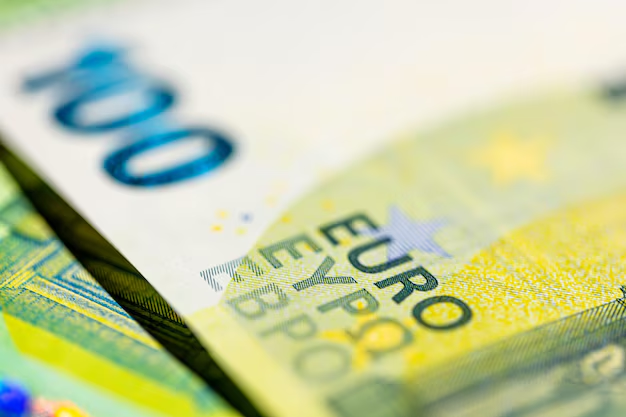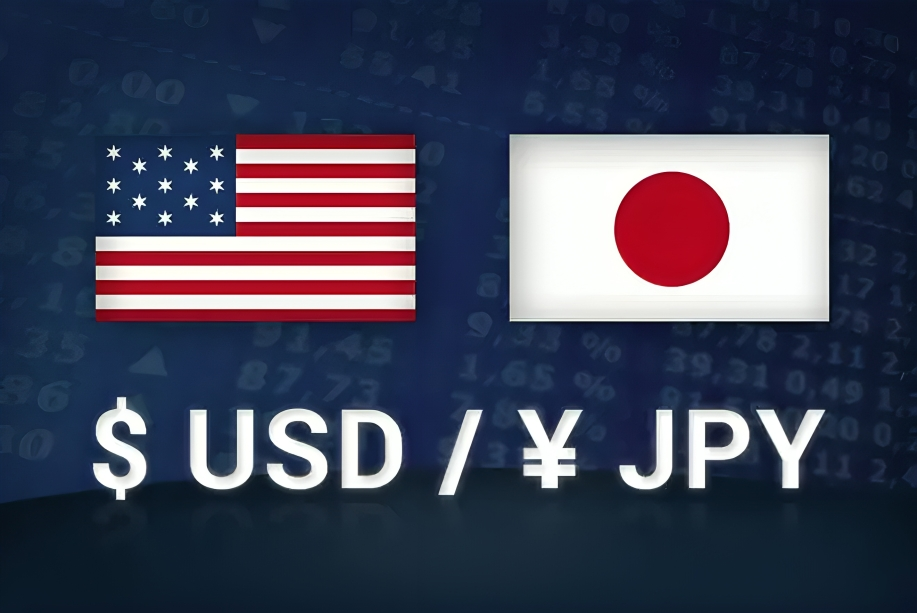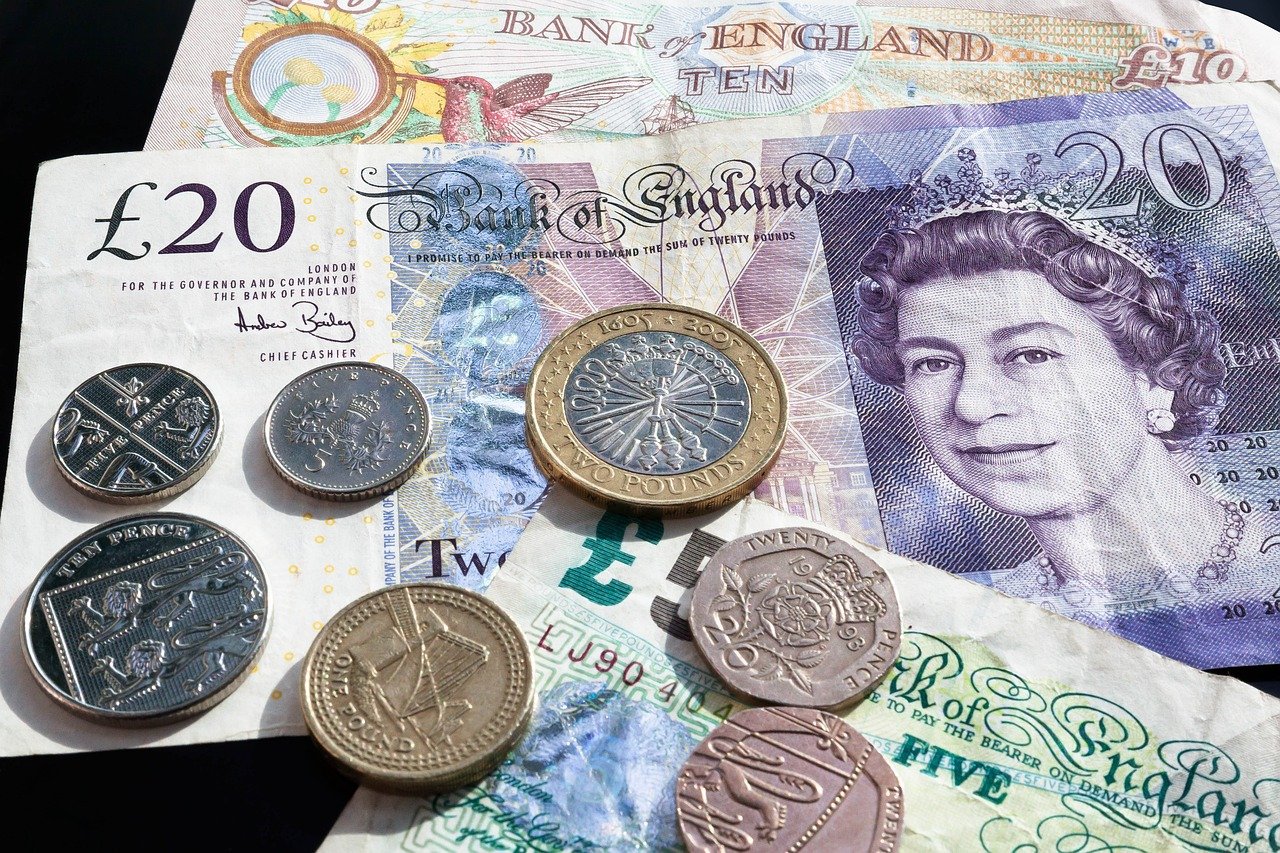EUR/USD keeps rising towards the 1.0500 level on hopes of a possible Ukraine peace agreement. Yet, the pair’s rally is capped by increased global risk aversion amid heightened trade tensions. US President Donald Trump has increased tariffs on Chinese imports to 20%, and Canada and China have responded with retaliatory actions. Moreover, the US has suspended all military assistance to Ukraine, further adding to geopolitical volatility. In the meantime, the Euro can expect additional pressure before the European Central Bank (ECB) meeting, when a widely anticipated rate cut can weigh on the currency. Sidelined US economic data have also added to market uncertainty, leaving traders hesitant to bet on the near-term outlook of the Euro.
KEY LOOKOUTS
• Optimism regarding a formal Ukraine peace plan is supportive of EUR/USD, but uncertainty prevails as the US suspends military aid to Ukraine.
• Trump’s China tariff increases and possible retaliatory actions by Canada and China may spark risk aversion, capping the Euro’s upside potential.
• The European Central Bank will likely reduce rates again, which may put pressure on the Euro and affect EUR/USD’s short-term direction.
• Disagreement on US manufacturing data contributes to market uncertainty, making investors wary of the Federal Reserve’s next step and dollar strength.
EUR/USD is still in the spotlight as hopes for a Ukraine peace agreement offer support, but rising global trade tensions and policy risks cap further advances. The US has suspended all military aid to Ukraine at the direction of President Trump, contributing to geopolitical uncertainty. While Trump’s move to increase tariffs on Chinese imports to 20% has prompted threat of retaliation from Canada and China, it is adding to risk aversion. The European Central Bank meeting also looms as a major trigger, with an expected rate cut that can depreciate the Euro. Also, conflicting US economic data have put investors in confusion regarding the direction of Federal Reserve policy, which is keeping the currency market nervous.
EUR/USD rises on optimism for Ukraine peace agreement but tests resistance as global risk aversion increases. A further escalation in US-China trade tensions and the anticipated ECB rate cut may act as a dampener for the Euro. Heterogeneous US economic data brings more uncertainty to the table, maintaining market mood cautious.
• The pair extends its rally at 1.0500 with support from hope for a Ukraine peace agreement.
• The US suspended all military aid to Ukraine, further fuelling world tensions and market conservatism.
• Trump increases tariffs on Chinese imports to 20%, inviting retaliatory threats from Canada and China, elevating risk aversion.
• The European Central Bank will likely lower the Deposit Facility Rate by 25 bps, possibly putting pressure on the Euro.
• Conflicting US economic indicators, such as a softer ISM Manufacturing PMI and a firmer S&P Global PMI, contribute to investor uncertainty.
• Risk sentiment and policy issues may limit further gains in the Euro despite recent rallies.
• Ongoing uncertainty regarding the Federal Reserve’s policy path keeps traders on their toes, influencing EUR/USD price action.
Global markets are in suspense as geopolitical tensions and trade conflicts define the economic environment. Hopes for a formal Ukraine peace agreement have arisen, with European leaders and Ukrainian President Volodymyr Zelenskyy negotiating a plan to be presented to the US. However, doubts intensified as the US government suspended all military assistance to Ukraine, fuelling fears over long-term stability in the region. Meanwhile, trade tensions between economies increased, with President Trump increasing tariffs on Chinese goods, and China strongly opposing, with possible retaliatory measures from Canada. These events underscore the increasing polarization in global relations, impacting investor sentiment and economic policies across the globe.
EUR/USD Daily Price Chart

Chart Source: TradingView
On the economic side, policymakers and market players are keeping a close eye on the European Central Bank’s next meeting, where a possible rate cut is anticipated. Such monetary policy has a significant impact on financial planning and world economic growth. In the US, meanwhile, conflicting economic data have contributed to the uncertainty, with varying indicators of manufacturing performance capturing the difficulty of sustaining stability in a volatile environment. While global economies ride this ride, companies and governments have to be flexible to changing economic circumstances and global policy measures.
TECHNICAL ANALYSIS
EUR/USD is stuck around 1.0500, with risk aversion cappping its upside. The pair has been on the verge of consolidation, with market players keenly observing key resistances and supports for signs of a breakout. Moving averages are bearish, while momentum indicators such as the RSI and MACD are indicative of indecisiveness in market sentiment. A break above near-term resistance could set the stage for additional gains, while inability to maintain key support levels could prompt a pullback. Technical signals overall point to EUR/USD being in a precarious area, waiting for a more robust catalyst for directional momentum.
FORECAST
EUR/USD may rise further if sentiment towards the Ukraine peace agreement gets a boost, which would enhance market risk appetite. A diplomatic settlement would alleviate geopolitical risk, potentially strengthening the Euro. Also, if economic statistics from the Eurozone are stronger than anticipated or the European Central Bank (ECB) is less dovish than anticipated, the pair could get further backing. Any US dollar weakness caused by changing Federal Reserve policy or weaker economic data would also provide space for a move upwards. A move above major resistance levels might drive the pair to higher price ranges in the near future.
EUR/USD is subject to several downside threats that would limit its momentum. Increased risk aversion as a result of rising trade tensions—like Trump’s raised tariffs on China and possible retaliations from Canada and China—may support the US dollar, which would bear down on the Euro. If the ECB acts on a highly anticipated rate cut or hints at more monetary easing, the Euro could fall as well. Any better-than-expected US economic data would be supportive of the dollar’s advance, which would see the pair fall. A breakdown of crucial support levels could lead to more losses, leaving the Euro open to further dips.







